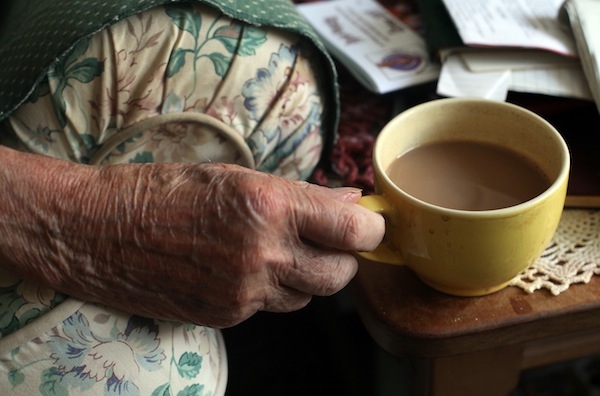Imagine in later years being able to move to your ideal village, a bespoke village, which has everything you want for a great quality of life. So, just a stone’s throw from your front door, there’s a swimming pool, gym, top-class restaurants, hairdresser, golf course, cinema, green spaces and a 24-hour concierge service.
Your typical UK retirement village may not be able to offer this complete list of attractions just yet, but some already come close. This is one reason why retirement villages in the UK have seen a boom in popularity in recent years. Yet, all this can come at some considerable financial cost. So are retirement properties really everything they promise? We look at some of the pros and cons of village life.
What is a retirement village?
A typical village is a type of custom-built retirement housing development for people aged over 55, although the minimum age can be older. The housing development will usually offer a range of properties: one and two-bedroom apartments, bungalows, that sort of thing. These can be rented or bought on a long-term lease. Some retirement villages have on-site nursing available and assisted living facilities that help residents with everyday tasks or provide specialist medical care.
While retirement villages are a relatively new concept in the UK, they are popular in a number of other countries.
Retirement communities in the US and elsewhere
Although the first retirement community was built in Denmark, in the US these settlements number over 38,000 and employ nearly a million people. In Australia it’s estimated there are 2,300 retirement villages and 184,000 residents. By 2025, that number of people is expected to double.
Retirement communities are nothing new in New Zealand. And, as in other countries, recent developments cater to specific lifestyles such as artists and musicians as well as the gay and lesbian community.
Retirement villages in the UK
According to the Office of National Statistics (ONS), more than 11.6 million people are currently 65 or over in the UK. By 2037, the ONS predicts that one in four of the population will be aged over 65.
It’s one reason why we Britons can’t build retirement homes fast enough. One major retirement village company already has 14 sites across the UK with many more planned. It’s thought around 25,000 older people currently live in these villages in this country.
How much does living in a retirement village cost?
The cost of moving into a retirement village initially depends on the price of the property you buy within the village, and extra fees and charges can add to the total. For instance, there will usually be a monthly management fee. This varies from one location to the next but can run upwards of £500 a month. Once all the bills and charges are taken into account, a resident can find themselves paying around £1,000 a month.
Exit fees
An exit fee is paid when a resident leaves a complex or when they pass away. Village owners say this fee is to pay for the upkeep of the property after a resident is gone. It can be charged, for instance, at 1 per cent a year, which means if someone leaves after 10 years, they face a 10 charge which can be deducted from the property’s sale price. It also means relatives may be faced with a financial payment they weren’t expecting. Some retirement villages charge a set exit fee which can be as much as 30 per cent.
As the older population in the UK continues to grow, the indications are that retirement villages are set to become an increasingly bigger part of retirement property guides. As long as you’re fully aware of all the potential costs, retirement villages can still be an exciting option to think about in later years.
Ben Salisbury is Online News Editor at WhatHouse?






Comments